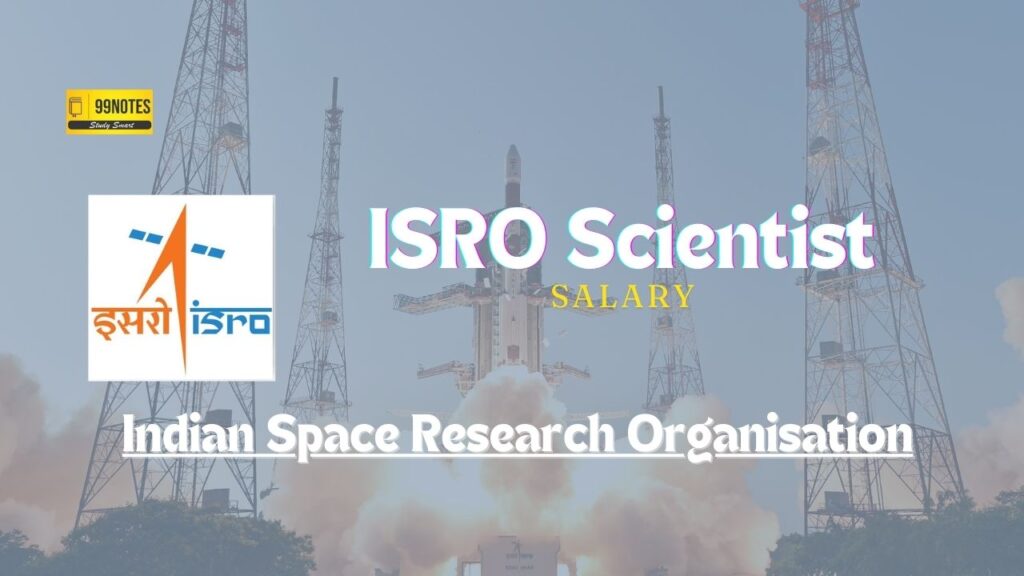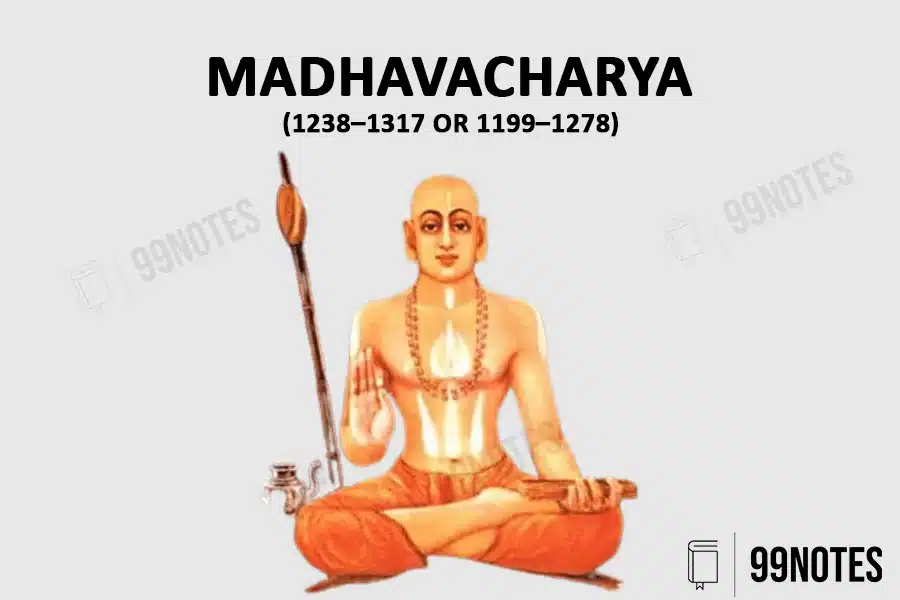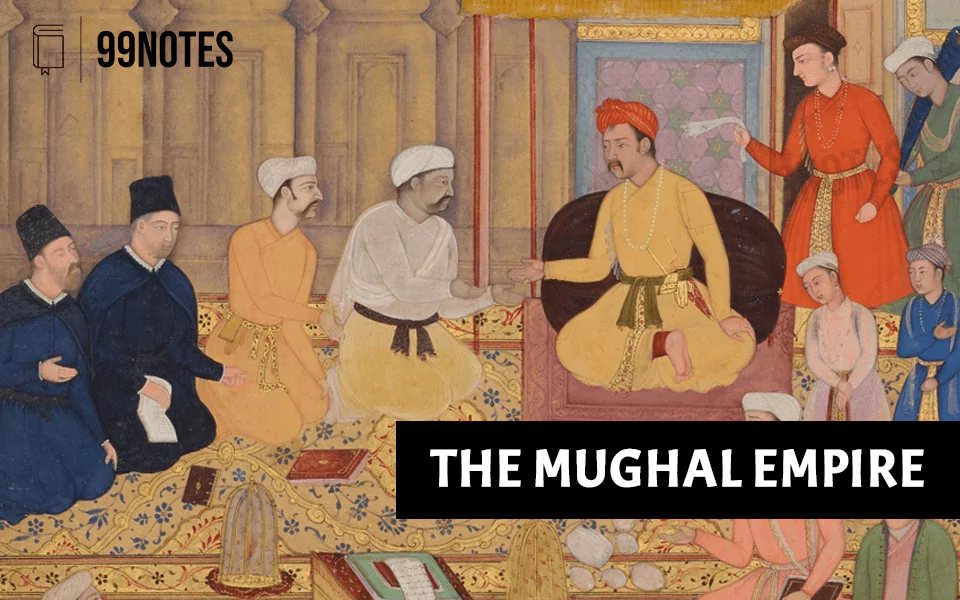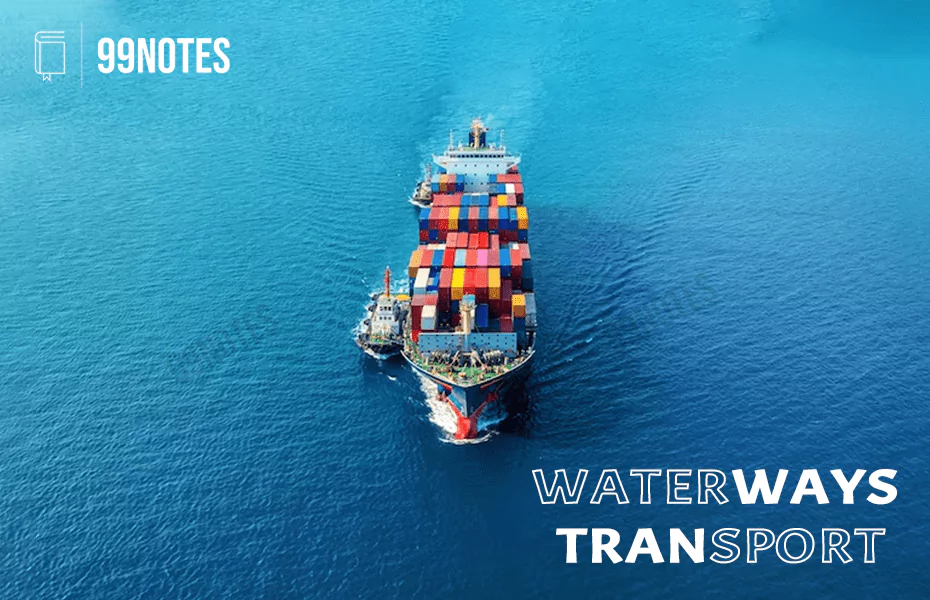ISRO Scientist Salary 2024- According to the 7th Pay Commission, the starting salary of Indian Space Research Organization (ISRO) employees varies depending on rank and merit. The ISRO Scientists salary in the entry level category starts from about ₹56,100 per month. The Total In hand monthly starting salary can be around ₹70,000 to ₹75,000 and this amount can be increased by promotion , experience and new requirements. ISRO also offers various benefits like medical facilities, leave benefits and opportunities for career development in the organization. ISRO Scientist Salary In hand According to the 7th Pay Commission of ISRO, hand pay…
Author: Team 99Notes
Best IAS Coaching in Mukherjee Nagar Mukherjee Nagar, Delhi is a place renowned for its educational institutions and academic expertise, is also home to some of the finest IAS coaching centers in India from a long time. Choosing the right IAS coaching center in Mukherjee Nagar is a crucial decision in your journey towards UPSC success for every aspirants. So, here we present a complete analysis of 10 Best IAS Coaching Institute in Mukherjee Nagar based on each coaching center’s strengths, faculty expertise, teaching methodologies, success stories, and student testimonials and you can choose accordingly. Read this article, all the…
Madhvacharya Madhvacharya was a revered Hindu philosopher and theologian, made a lasting impact on Indian philosophy. He is best known for introducing the Dvaita (dualistic) school of Vedanta, which proposed a fundamental distinction between the individual soul (Atman) and the ultimate reality (Brahman). Early Life of Madhvacharya Madhvacharya also known a Purna -Prajna and Ananda Tirtha, a significant figure of the Bhakti movement and a profound philosopher. He was born in a Brahmin family in a small village near Udupi, Karnataka, India. The exact date of his birth and life span is not confirmed but historian has controvercy between two…
What is Social Infrastructure? Meaning of Social Infrastructure is to creating and maintaining facilities and structures that support the delivery of social services, which are essential for social development and, thereby, the overall development of a country. Social Infrastructure is the set of organizational arrangements and investments in society’s systems, relationships, and structures that enable us to generate a just, equitable, more resilient, and sustainable world. It comprises social, economic, environmental and cultural assets. For example, the more the number of public schools, the more equitable shall be the economic opportunities in society. More the number of public parks healthier the…
Social Infrastructure Social infrastructure forms the foundational services and structures that add to the citizens’ quality of life and indirectly contribute to economic development through increased income, better productivity and technological advancement. Quality of life encompasses various factors: Basic income and employment opportunities Education levels; Healthcare, Social security, Connectivity etc. Therefore, a robust social infrastructure customized to the country’s diversity and citizens’ unique needs can ensure the quality of life. The government has integrated the broader perspective of the concept of quality of life into its agenda for social infrastructure development. This recognition is echoed in India’s adoption of the…
Mughal Economy The Indian economy was strong till the Mughal times. By 1700, India’s share of world GDP was 24%, the largest in the world, larger than any other region. India, then, was producing about 25% of the world’s industrial output up until the 18th century. Agriculture During the Mughals, large tracts of land were freshly brought under Agriculture, a process that was continued till Aurangzeb. This led to the expansion of the economy and brought revenue to the Empire. A large variety of crops were cultivated, such as: Food grains such as Wheat, rice, gram, barley, pulses, bajra, etc.,…
Later Mughals & Decline of Mughal Empire The Later Mughals period represents crucial phase in India history, marking the gradual decline of Mughal Empire. Spanning from the late 17th to the mid-19th centuries, this period witnessed internal conflicts, external threats, and political instability, contributing to the Decline of Mughal Empire. From Aurangzeb’s reign to Bahadur Shah II’s rule, this time was characterized by power struggles and social changes, reflecting the empire’s weakening grip on authority. Lets star with Later Mughal rulers: Later Mughals Below is the full list of Later Mughal Rulers and important Facts related to them: Bahadur Shah…
Maratha Empire (1674 – 1818) The Maratha Empire, flourishing from the 17th to the 18th century was a strong and key force in Indian History, known for its strong military, innovative governance, and resilience against foreign invasions. The Maratha’s rise in the Deccan began in the early 17th century under the leadership of Shivaji. He carved his territories out of Bijapur, Ahmednagar and Golkonda Shahji, Shivaji’s father, joined the services of Bijapur as a Zamindar in 1636 and obtained Poona as a grant. Born at Shivneri (Poona) in 1627, Shivaji was the youngest son of Shahji and Jija Bai. In…
Mughal Empire Babur, a Central Asian ruler descendant of the Turco-Mongol conqueror Timor, founded the Mughal Empire. He laid the foundation of the mighty Mughal Empire, which was consolidated by Akbar, and lasted for about two centuries. The Mughal Empire reached its zenith during Aurangzeb’s rule, after which its decline started, catalysed by its conflict with the Marathas. Mughal Rulers List with Timeline: Babar Humayun Akbar (1556-1605) Jahangir (1605-1627) Shah Jahan (1627-1658) Aurangazeb (1657-1707) Bahadur Shah I (1707-1712) Jahandar Shah (1712) Farrukhsiyar (1713-1719) Rafi Ul-Darjat (1719) Shah Jahan II (1719) Muhammad Shah (1719-1748) Ahmad Shah Bahadur (1748-1754) Alamgir II (1754-1759) Shah Jahan…
Waterways Transport India is a land of rivers surrounded on three sides by ocean. It has around 7500 kilometres of coastline and 14,500 km of potentially navigable waterways. Moreover, it is strategically located on key international trade routes. This unique natural resource and strategic geographic location endow India with vast potential in trade through Waterways transport. And most importantly, the maritime sector is becoming critical from the geostrategic perspective. Types of Waterways Transport Waterways transport includes 2 categories: 1. maritime transport 2. Inland water transport. 1. Maritime Transport Maritime Transport is a critical infrastructure for the economic development of a…





![What Is Social Infrastructure: Meaning, Importance & Challenges [Upsc Notes] What Is Social Infrastructure? &Amp; Its Importance &Amp; Challenges](https://99notes.in/wp-content/uploads/2023/05/social-infrastructure-99notes-upsc-1.webp)



![Maratha Empire: History, Rulers, War & Administration [Upsc Notes] Maratha Empire- Upsc Notes By 99Notes](https://99notes.in/wp-content/uploads/2023/04/maratha-empire-banner-99notes-upsc.webp)


